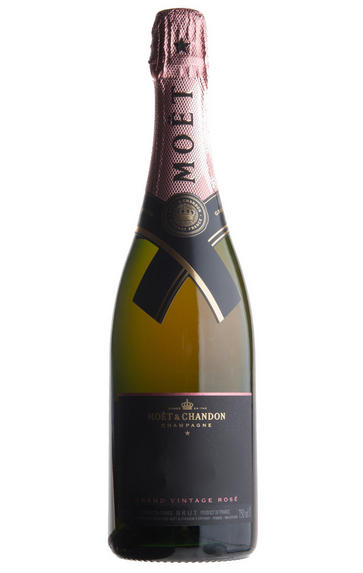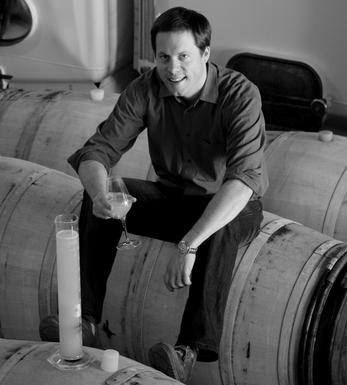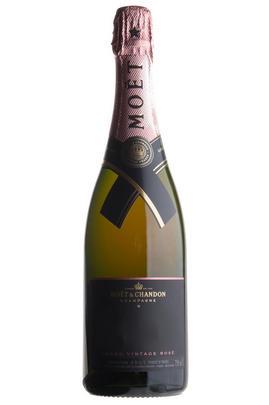
About this WINE

Champagne Moet & Chandon
Moët & Chandon can trace its history back to 1743 when it was established by Claude Moët in 1743. It is now part of the massive LVMH group and is by far the largest house in Champagne, producing a staggering 24 million bottles a year and with nearly 30 kilometres of cellars to mature its stocks.
Quality at Moët & Chandon has improved hugely under the auspices of master blender, Richard Geoffroy, who brought a silkiness, finesse and elegance to the wines that they were previously lacking. Moet's Chief winemaker is now Georges Blanck.
Moët & Chandon Brut Impérial has for many years been the world's best selling non-vintage Champagne and is consistently soft, fresh and very well balanced. The Vintage Brut Impérial is one of the best value vintage Champagnes on the market, while the firm's top cuvée, Dom Pérignon, is one of the greatest Champagnes in the world.
Moët & Chandon now has outposts in Spain, California, Brazil and Australia, where it produces very high quality sparkling wines sold under the Green Point label.

Rosé Champagne
Rosé wines are produced by leaving the juice of red grapes to macerate on their skins for a brief time to extract pigments (natural colourings). However, Rosé Champagne is notable in that it is produced by the addition of a small percentage of red wine – usually Pinot Noir from the village of Bouzy – during blending.
Recommended Producers : Billecart Salmon (Elizabeth Salmon Rose), Ruinart

Champagne blend
Which grapes are included in the blend, and their proportion, is one of the key factors determining the style of most Champagnes. Three grapes are used - Pinot Noir, Chardonnay and Pinot Meunier.
26% of vineyards in Champagne are planted with Chardonnay and it performs best on the Côtes des Blancs and on the chalk slopes south of Epernay. It is relatively simple to grow, although it buds early and thus is susceptible to spring frosts. It produces lighter, fresher wines than those from Burgundy and gives finesse, fruit and elegance to the final blend. It is the sole grape in Blancs de Blancs, which are some of the richest long-lived Champagnes produced.
Pinot Noir accounts for nearly 40% of the plantings in Champagne and lies at the heart of most blends - it gives Champagne its body, structure, strength and grip. It is planted across Champagne and particularly so in the southern Aube district.
The final component is Pinot Meunier and this constitutes nearly 35% of the plantings. Its durability and resistance to spring frosts make the Marne Valley, a notorious frost pocket, its natural home. It ripens well in poor years and produces a soft, fruity style of wine that is ideal for blending with the more assertive flavours of Pinot Noir. Producers allege that Pinot Meunier lacks ageing potential, but this does not deter Krug from including around 15% of it in their final blends.



Buying options
Add to wishlist
wine at a glance
Delivery and quality guarantee